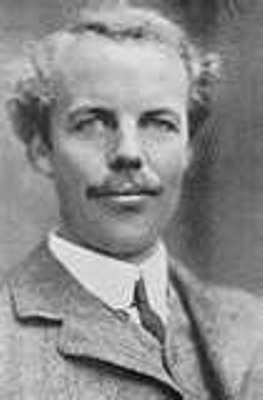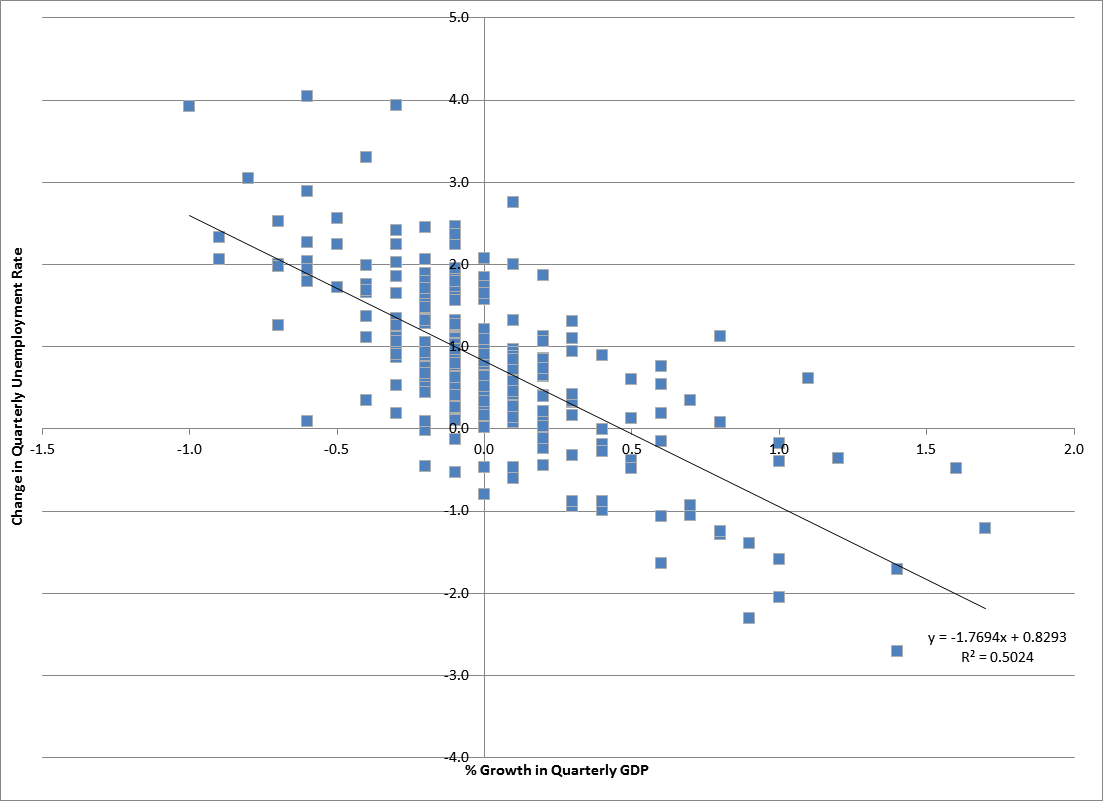|
Jacques Drèze
Jacques H. Drèze (5 August 1929 – 25 September 2022) was a Belgian economist noted for his contributions to economic theory, econometrics, and economic policy as well as for his leadership in the economics profession. Drèze was the first president of the European Economic Association in 1986 and was the president of the Econometric Society in 1970. Jacques Drèze was also the father of five sons. One son is the economist, Jean Drèze, who is known for his work on poverty and hunger in India (some of which has been in collaboration with Amartya K. Sen); another son, Xavier Drèze, was a professor of marketing at UCLA. Contributions to economics Drèze's contributions to economics combine policy relevance and mathematical techniques. Indeed, models basically play the same role in economics as in fashion: they provide an articulated frame on which to show off your material to advantage ... ; a useful role, but fraught with the dangers that the designer may get carried away ... [...More Info...] [...Related Items...] OR: [Wikipedia] [Google] [Baidu] |
Mathematical Economics
Mathematical economics is the application of Mathematics, mathematical methods to represent theories and analyze problems in economics. Often, these Applied mathematics#Economics, applied methods are beyond simple geometry, and may include differential and integral calculus, Recurrence relation, difference and differential equations, Matrix (mathematics), matrix algebra, mathematical programming, or other Computational economics, computational methods.TOC. Proponents of this approach claim that it allows the formulation of theoretical relationships with rigor, generality, and simplicity. Mathematics allows economists to form meaningful, testable propositions about wide-ranging and complex subjects which could less easily be expressed informally. Further, the language of mathematics allows economists to make specific, positiv ... [...More Info...] [...Related Items...] OR: [Wikipedia] [Google] [Baidu] |
Leonard Jimmie Savage
Leonard Jimmie Savage (born Leonard Ogashevitz; 1917 – 1971) was an American mathematician and statistician. Economist Milton Friedman said Savage was "one of the few people I have met whom I would unhesitatingly call a genius." Education and career Savage was born and grew up in Detroit. He studied at Wayne State University in Detroit before transferring to University of Michigan, where he first majored in chemical engineering, then switched to mathematics, graduating in 1938 with a bachelor's degree. He continued at the University of Michigan with a PhD on differential geometry in 1941 under the supervision of Sumner Byron Myers. Savage subsequently worked at the Institute for Advanced Study in Princeton, New Jersey, the University of Chicago, the University of Michigan, Yale University, and the Statistical Research Group at Columbia University. Though his thesis advisor was Sumner Myers, he also credited Milton Friedman and W. Allen Wallis as statistical mentors. Durin ... [...More Info...] [...Related Items...] OR: [Wikipedia] [Google] [Baidu] |
United States National Academy Of Sciences
The National Academy of Sciences (NAS) is a United States nonprofit, non-governmental organization. NAS is part of the National Academies of Sciences, Engineering, and Medicine, along with the National Academy of Engineering (NAE) and the National Academy of Medicine (NAM). As a national academy, new members of the organization are elected annually by current members, based on their distinguished and continuing achievements in original research. Election to the National Academy is one of the highest honors in the scientific field in the United States. Members of the National Academy of Sciences serve '' pro bono'' as "advisers to the nation" on science, engineering, and medicine. The group holds a congressional charter under Title 36 of the United States Code. Congress legislated and President Abraham Lincoln signed an Act of Congress (1863) establishing the National Academy of Sciences as an independent, trusted nongovernmental institution, created for the purpose of ... [...More Info...] [...Related Items...] OR: [Wikipedia] [Google] [Baidu] |
American Economic Association
The American Economic Association (AEA) is a learned society in the field of economics, with approximately 23,000 members. It publishes several peer-reviewed journals, including the Journal of Economic Literature, American Economic Review, and the Journal of Economic Perspectives. History and constitution The AEA was established in 1885 in Saratoga Springs, New York by younger progressive economists trained in the German historical school, including Richard T. Ely, Edwin Robert Anderson Seligman and Katharine Coman, the only woman co-founder; Since 1900, it has been under the control of academics. The Purposes of the Association are the following: 1) The encouragement of economic research, especially the historical and statistical study of the actual conditions of industrial life; 2) The issue of publications on economic subjects; 3) The encouragement of perfect freedom of economic discussion. The Association says that it takes no partisan attitude, nor does it comm ... [...More Info...] [...Related Items...] OR: [Wikipedia] [Google] [Baidu] |
European Economic Association
The European Economic Association (EEA) is a learned society, professional academic body which links European economists. It was founded in the mid-1980s. Its first annual congress was in 1986 in Vienna and its first president was Jacques Drèze. The current president is Hélène Rey. The Association currently has around 4000 members. Its objectives are: ". . . to contribute to the development and application of economics as a science in Europe; to improve communication and exchange between teachers, researchers and students in economics in the different European countries; and to develop and sponsor co-operation between teaching institutions of university level and research institutions in Europe " It publishes the ''Journal of the European Economic Association''. In August of each year the Association, in collaboration with the Econometric Society organises a congress in a European city. The congress attracts around 1500 participants. Association presidents References E ... [...More Info...] [...Related Items...] OR: [Wikipedia] [Google] [Baidu] |
Econometric Society
The Econometric Society is an international society of academic economists interested in applying statistical tools in the practice of econometrics. It is an independent organization with no connections to societies of professional mathematicians or statisticians. It was founded on December 29, 1930, at the Statler Hotel in Cleveland, Ohio. Its first president was Irving Fisher. As of 2014, there are about 700 elected fellows of the Econometric Society, making it one of the most prevalent research affiliations. New fellows are elected each year by the current fellows. The sixteen founding members were Ragnar Frisch, Charles F. Roos, Joseph A. Schumpeter, Harold Hotelling, Henry Schultz, Karl Menger, Edwin B. Wilson, Frederick C. Mills, William F. Ogburn, J. Harvey Rogers, Malcolm C. Rorty, Carl Snyder, Walter A. Shewhart, Øystein Ore, Ingvar Wedervang and Norbert Wiener. The Econometric Society sponsors the economics academic journal ''Econometrica ''Econometrica ... [...More Info...] [...Related Items...] OR: [Wikipedia] [Google] [Baidu] |
Simultaneous Equation Methods (econometrics)
Simultaneous equations models are a type of statistical model in which the Dependent and independent variables, dependent variables are functions of other dependent variables, rather than just independent variables. This means some of the explanatory variables are Endogeneity (econometrics), jointly determined with the dependent variable, which in economics usually is the consequence of some underlying Economic equilibrium, equilibrium mechanism. Take the typical supply and demand model: whilst typically one would determine the quantity supplied and demanded to be a function of the price set by the market, it is also possible for the reverse to be true, where producers observe the quantity that consumers demand ''and then'' set the price. Simultaneity poses challenges for the Point estimation, estimation of the statistical parameters of interest, because the Gauss–Markov theorem, Gauss–Markov assumption of Gauss–Markov theorem#Strict exogeneity, strict exogeneity of the regres ... [...More Info...] [...Related Items...] OR: [Wikipedia] [Google] [Baidu] |
Bayesian Statistics
Bayesian statistics ( or ) is a theory in the field of statistics based on the Bayesian interpretation of probability, where probability expresses a ''degree of belief'' in an event. The degree of belief may be based on prior knowledge about the event, such as the results of previous experiments, or on personal beliefs about the event. This differs from a number of other interpretations of probability, such as the frequentist interpretation, which views probability as the limit of the relative frequency of an event after many trials. More concretely, analysis in Bayesian methods codifies prior knowledge in the form of a prior distribution. Bayesian statistical methods use Bayes' theorem to compute and update probabilities after obtaining new data. Bayes' theorem describes the conditional probability of an event based on data as well as prior information or beliefs about the event or conditions related to the event. For example, in Bayesian inference, Bayes' theorem can ... [...More Info...] [...Related Items...] OR: [Wikipedia] [Google] [Baidu] |
Public Economics
Public economics ''(or economics of the public sector)'' is the study of government policy through the lens of economic efficiency and Equity (economics), equity. Public economics builds on the theory of welfare economics and is ultimately used as a tool to improve social welfare. Welfare can be defined in terms of well-being, prosperity, and overall state of being. Public economics provides a framework for thinking about whether or not the government should participate in economic markets and if so to what extent it should do so. Microeconomic theory is utilized to assess whether the private market (economics), market is likely to provide efficient outcomes in the absence of governmental interference; this study involves the analysis of government taxation and government spending, expenditures. This subject encompasses a host of topics notably market failures such as, Public good (economics), public goods, externalities and Imperfect competition, Imperfect Competition, and the cr ... [...More Info...] [...Related Items...] OR: [Wikipedia] [Google] [Baidu] |
Unemployment
Unemployment, according to the OECD (Organisation for Economic Co-operation and Development), is the proportion of people above a specified age (usually 15) not being in paid employment or self-employment but currently available for work during the reference period. Unemployment is measured by the unemployment rate, which is the number of people who are unemployed as a percentage of the labour force (the total number of people employed added to those unemployed). Unemployment can have many sources, such as the following: * the status of the economy, which can be influenced by a recession * competition caused by globalization and international trade * new technologies and inventions * policies of the government * regulation and market * war, civil disorder, and natural disasters Unemployment and the status of the economy can be influenced by a country through, for example, fiscal policy. Furthermore, the monetary authority of a country, such as the central bank, can in ... [...More Info...] [...Related Items...] OR: [Wikipedia] [Google] [Baidu] |
Econometrics
Econometrics is an application of statistical methods to economic data in order to give empirical content to economic relationships. M. Hashem Pesaran (1987). "Econometrics", '' The New Palgrave: A Dictionary of Economics'', v. 2, p. 8 p. 8–22 Reprinted in J. Eatwell ''et al.'', eds. (1990). ''Econometrics: The New Palgrave''p. 1 p. 1–34Abstract ( 2008 revision by J. Geweke, J. Horowitz, and H. P. Pesaran). More precisely, it is "the quantitative analysis of actual economic phenomena based on the concurrent development of theory and observation, related by appropriate methods of inference." An introductory economics textbook describes econometrics as allowing economists "to sift through mountains of data to extract simple relationships." Jan Tinbergen is one of the two founding fathers of econometrics. The other, Ragnar Frisch, also coined the term in the sense in which it is used today. A basic tool for econometrics is the multiple linear regression model. ''Econome ... [...More Info...] [...Related Items...] OR: [Wikipedia] [Google] [Baidu] |



